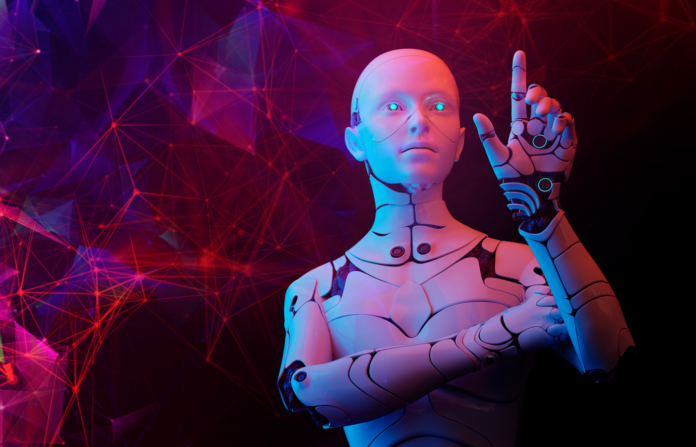Meta is setting its sights on a bold new frontier: AI-powered humanoid robots. While the tech giant has been deeply invested in AI for years, its latest focus is integrating robotics into everyday life. The company’s research and development efforts aim to push the boundaries of consumer humanoid robotics, leveraging its Llama AI platform to create intelligent machines that can navigate and interact with the physical world.
AI that thinks and moves
For years, AI breakthroughs have revolutionized chatbots, but making robots understand and function in the physical world is an entirely different challenge. Meta has been working on “embodied AI,” a concept that blends intelligence with real-world interactions.
Unlike traditional AI models that exist solely in digital spaces, embodied AI is designed to move, sense, and make decisions in a three-dimensional environment. This is a crucial step toward making humanoid robots practical for everyday use.
To bring this vision to life, Meta has established a dedicated unit within its Reality Labs division. Rather than building its own physical robots, this unit is focused on AI-powered software and sensor technology that could enhance third-party robotics, moving closer to the long-standing goal of AI assistants that can clean, cook and organize.
Meta’s strategic play
While Meta’s vision for AI-driven humanoids is ambitious, the company isn’t planning to roll out its own branded robots just yet. Instead, it’s focusing on AI-driven sensors and software that can power robots made and sold by other manufacturers, like Unitree Robotics and Figure AI. This strategy positions Meta alongside Tesla, Apple, and Google, all of which are making moves in the robotics space.
Despite a $5 billion financial loss in its Reality Labs division last year, Meta sees this investment as a strategic step toward future growth, tapping into its existing expertise in AI, virtual reality (VR), and augmented reality (AR) to gain an edge in robotics. Meta’s work in AR and VR through their Quest headset and Ray-Ban Meta smart glasses has already laid the groundwork. The sensors and computing technology developed for AR applications could play a key role in future robotics hardware, potentially accelerating the path to consumer-ready humanoid robots.
Preparing for the consumer market
Meta is not alone in developing consumer robotics technology. Google, Apple, and Tesla are all exploring how AI-powered robots can integrate into everyday life. While much of the focus has been on robots entering the workforce, the consumer market is rapidly becoming the next big opportunity. However, widespread adoption of AI-powered humanoid robots is still years away, as challenges in hardware, cost, and AI safety remain significant barriers.
